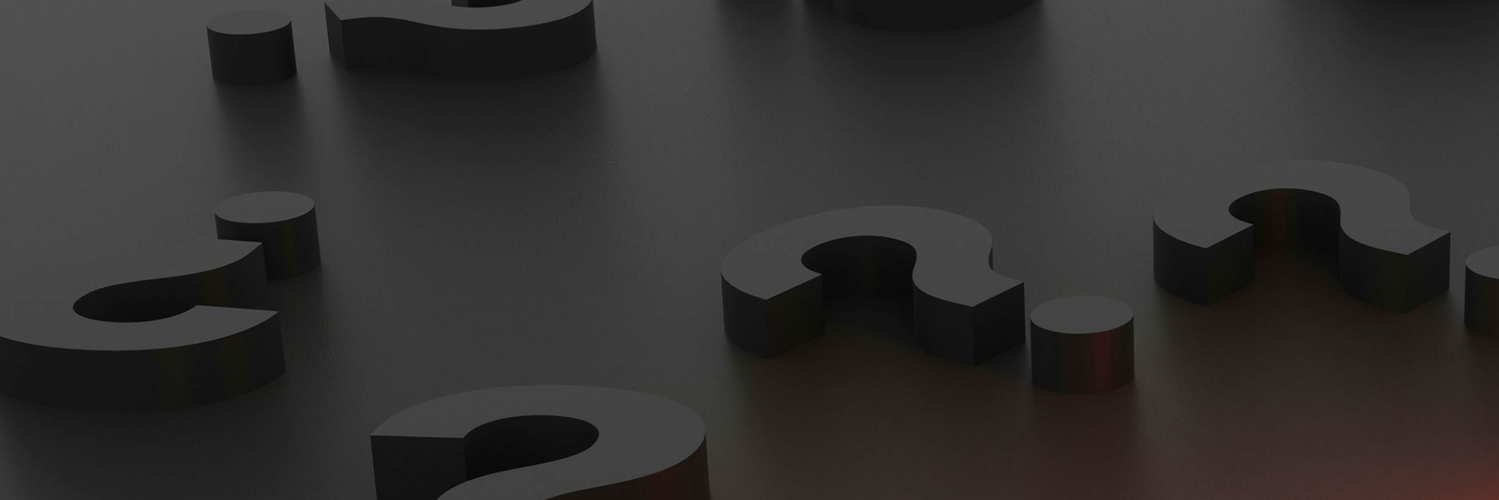- How do these new Euclid images change our understanding of dark matter and dark energy?

What these images do is to give us a view of both dark matter and dark energy (the term for the unknown source of the universe’s expansion) that is much broader scale than anything we’ve ever seen. Dark matter, for example, interacts with normal matter via gravity alone. It emits no light. So, the only way we can see it is by looking at the distribution of matter and observing what it does to light via gravity. If we do this on both the large and small scales, we look at how it clumps together, and maybe we’ll be able to discover if that is different from normal matter. Dark energy is also difficult to study. It seems to affect how the expansion of the universe changes with time, but we have no idea what it is, or how it has evolved in history. This large-scale, 3D view will help us try to understand how dark energy has evolved, whether it has changed with time, and what the relationship of dark energy and dark matter may be.
- How do these images and Euclid itself compare to the James Webb Space Telescope?

What’s different about these images is their wide-angle view, as well as the fact that they are in the optical and near-infrared. JWST is specifically an infrared telescope. Any image you see from JWST is in a different band – a significantly longer wavelength – so you’re looking more through the dust and at cooler stars or gas. Euclid would show you the larger scale distribution of the stuff, and of course if the stars or gas is warmer. And then, there’s the wide-angle versus very deep and fine-scale – take any image, and those two views give you widely different illustrations. It’s the same thing here. Euclid also has a second instrument that allows it to take low-resolution spectra of the sky, so it will be able to give us not just a wide-angle view, but a wide-angle, 3D view, measuring also the distance of objects on a large scale.
- What is your reaction to these images and why are they significant?

The view they show of these objects is strikingly different from what other observatories, in particular Hubble and James Webb Space Telescope (JWST), show, for a few reasons.First of all, JWST and Hubble offer deeper, higher-resolution views, with JWST specifically being an infrared telescope, whereas Hubble and Euclid primarily operate in the optical and near infrared. Euclid was built with a very wide-angle camera, so it gives you a unique view. With any of these images, download them at maximum resolution, starting at the widest possible view, then pick four or five regions and zoom in step by step. What you get when you do this is really powerful. You see the broader picture (on a much wider scale than Hubble or JWST can offer), and then you zoom in and get the high-resolution view at close to Hubble’s or JWST’s resolution, but not its depth, as Euclid tends to concentrate on that wide-angle view.Second, each image shows some amazing things about the objects they capture. Whether you’re talking about the image of M78 – a star formation region in our own galaxy – where you see the distribution of gas and newly born stars on a scale we’ve never seen before, or NGC 6744 – a fairly typical, massive spiral galaxy that isn’t too different from our own – where we get a glimpse of the galaxy that is both wide and deep in a way we’ve never done before. Or take the clusters Abell 2390 and Abell 2764, where we see an enormous number of galaxies, both in the cluster center and behind it, as well as in the clusters’ outskirts. Finally, the combination of the wide-angle lens and Euclid’s close-up view allows you to see both the large-scale distribution of matter as well as the fine details. In the case of an object in our own galaxy, like M78, we see a fascinating large-scale structure, with huge amounts of gas and stars and lots of clumps and filaments of gas. But then zoom in and you see amazing detail – new stars being born, lighting up the gas and clearing it out to reveal other stars nearby, filaments within filaments. The detail is just amazing.Or take the Abell 2764 cluster image, where they picked a region where the cluster center is off in one corner. This allows you to see not only the cluster center and outskirts, lots of galaxies in each region of the cluster, the arcs and distorted shapes of the galaxies behind, who have their light bent by gravity, but other things. Move over to the bright star in the lower left-hand part of the image, and you see not only the star, but also a gravitationally lensed arc, and lots of galaxies underneath it. You can do this with each of the images, and it’s just really powerful.

Expert Q&A
Get answers from industry leading experts.
Florida Tech offers access to expert answers on timely questions and topics of interest. Our Expert Q&A highlights insights directly from experts, making it easier for media, event organizers, collaborators, and partners to discover authoritative perspectives that add clarity and context.
Show More +